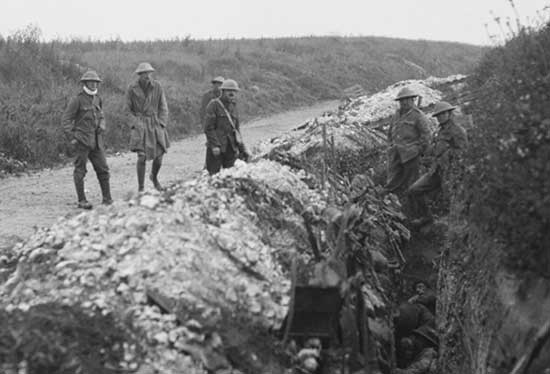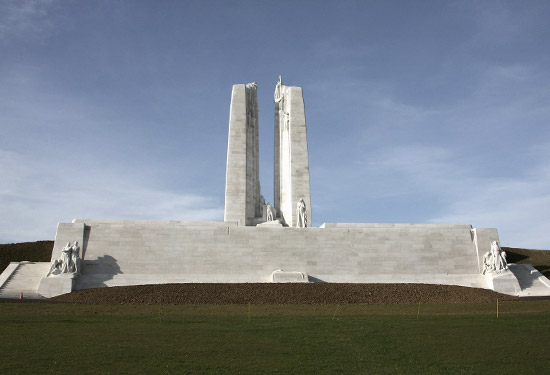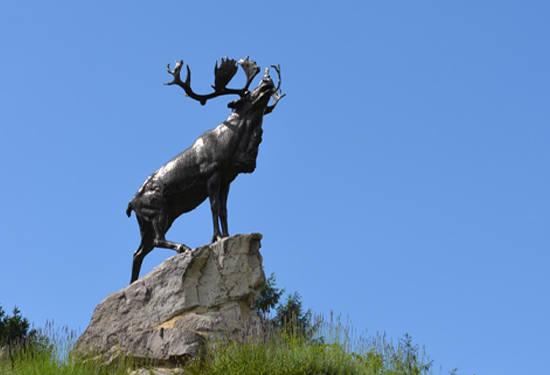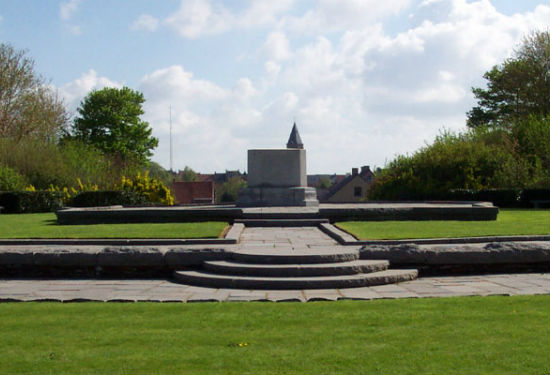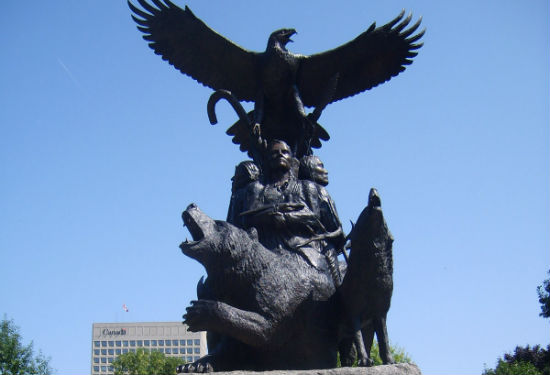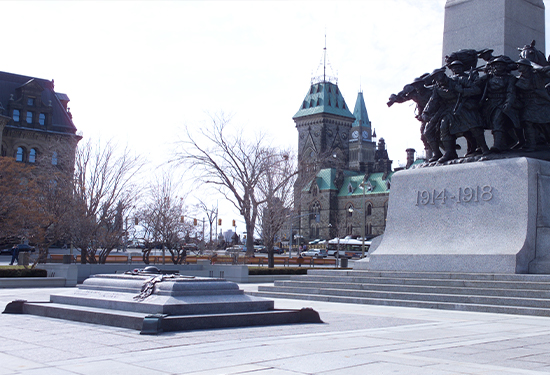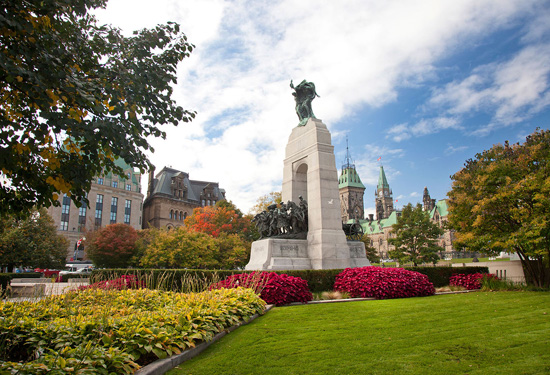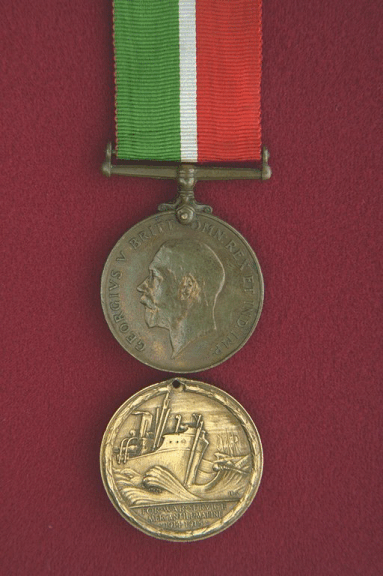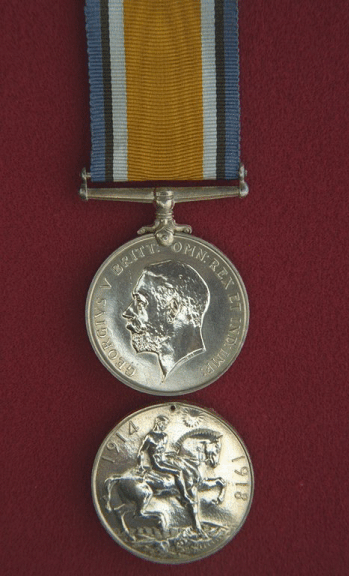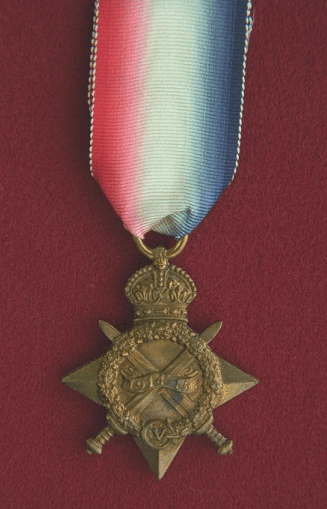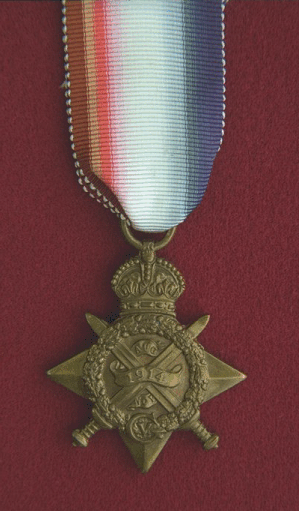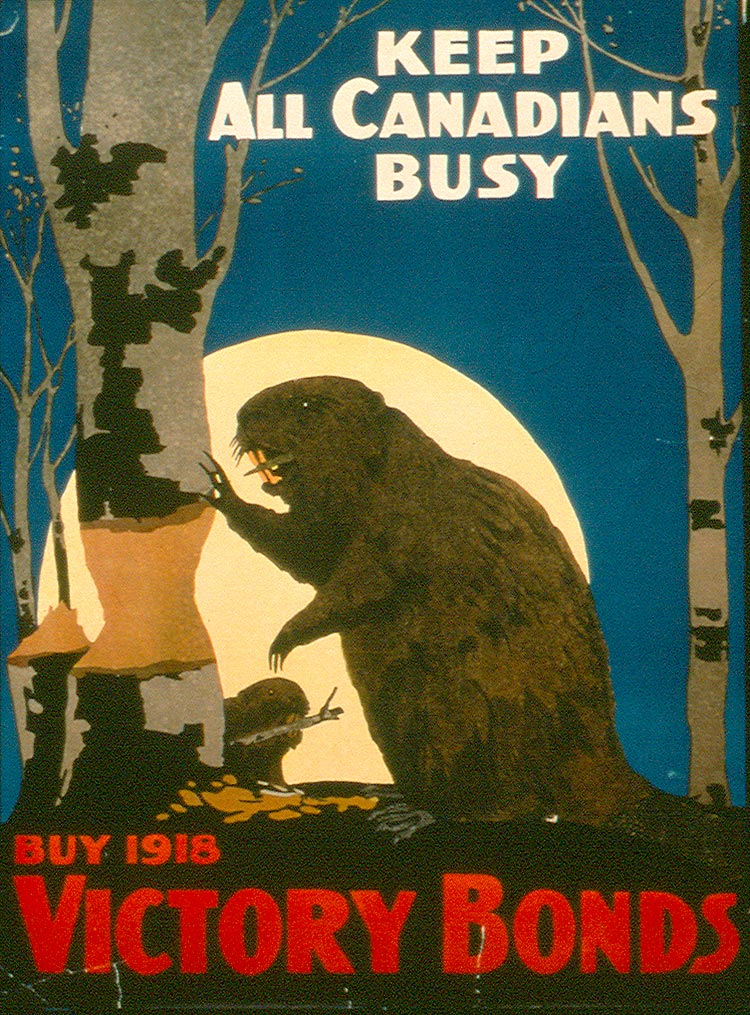The nations of Europe were at war soon after the assassination of Archduke Franz Ferdinand of Austria-Hungary. More than 650,000 Canadians and Newfoundlanders served in this war and more than 66,000 of them gave their lives and more than 172,000 were wounded. Their great contributions and sacrifices earned Canada a separate signature on the Treaty of Versailles which formally ended the war.
Read more about the First World War
ORDER OF EVENTS
4 August 1914
First World War begins
22 April 1915
Canadians see first major action at Ypres
1 July 1916
Newfoundland Regiment suffers heavy losses at Beaumont-Hamel
9 April 1917
Canadians take Vimy Ridge
14 April 1917
Newfoundland Regiment holds off the enemy at Monchy-le-Preux
15-25 August 1917
Canadians take part in the Battle of Hill 70
November 1917
Canadians capture Passchendaele in muddy battle
17 December 1917
Some Canadian women first get to vote a in a federal election
8 August 1918
Battle of Amiens and “Canada's Hundred Days” begin
11 November 1918
Armistice signed ending the war
How the war started
Rival alliances, clashing interests, and secret treaties divided pre-war Europe, and set the stage for a war that would quickly engulf most of the continent, and much of the world.
The immediate cause of the First World War was the assassination of Archduke Franz Ferdinand, the heir to the Austrian throne, in Sarajevo on 28 June 1914. The assassin, Gavrilo Princip, was a member of a Serbian nationalist movement that aimed to unite Serbia and other Slav states, which were then part of the Austro-Hungarian Empire.
Almost everyone expected a short, victorious war – one that would be “over by Christmas.” They were wrong. The war would grind on for more than four years.
As many as ten million soldiers died in the fighting along with many millions of civilian casualties. Deadly new weapons of war such as high-explosive shells, tanks, powerful machine guns, and poison gas escalated the death toll.
Canada goes to war
Germany invaded Belgium on 4 August 1914. Britain, which had long pledged to defend Belgium’s sovereignty, issued an ultimatum demanding the immediate withdrawal of German troops. When the ultimatum expired at midnight, without a German retreat, Britain and Germany were at war. So too were the nations of Britain’s empire, including Canada and the colony of Newfoundland.
Even though Canada had been its own country since 1867, its external affairs were still governed by the United Kingdom. This meant that once Britain declared war, Canada automatically followed.
Patriotic enthusiasm
In an unprecedented burst of patriotic enthusiasm, Canadians enlisted from across the country. Because pre-war Canada had a very small military, citizen-soldiers would form most of the new Canadian Expeditionary Force.
Thousands showed up at their local recruiting stations eager to “do their bit,” many of them with strong emotional ties to Britain.
Trench warfare
After the initial German advances, the battle on the Western Front quickly turned into a stalemate of trench warfare. The front line zigzagged for nearly 1,000 kilometres, from the coast of Belgium to the border of Switzerland.
Life for soldiers in the trenches was miserable. They were often muddy and cold and had to live in the midst of pests like rats, lice and fleas. In this form of warfare, soldiers faced the enemy across a narrow strip of land between the opposing trenches. This was a harsh "No Man’s Land" of mud, barbed wire and shell craters, swept by machine gun fire, and menaced by artillery and snipers. This is what soldiers had to cross when they went "over the top" and launched an attack. The dead and injured who fell in No Man’s Land often could not be recovered.
Canada’s army
The Canadian Expeditionary Force (CEF) was the entire overseas force fielded by Canada during the First World War. Of the 650,000 Canadians who enlisted for military service, 424,000 went overseas as part of the CEF.
Canada’s first fighting division in Europe, comprised mainly of troops from the First Contingent who had sailed in autumn 1914, served as an individual division under British command.
In September 1915, the growing size and complexity of Canadian forces overseas led to the creation of the Canadian Corps, an operational and administrative grouping of most Canadian fighting units and their supporting services.
The Corps grew from an initial establishment of two divisions with approximately 35,000 troops to a powerful striking force of four divisions with 100,000 troops by early 1917.
A Canadian commander
At first, the CEF was commanded by British generals. Beginning in June 1917, the Canadians were led by Lieutenant-General Sir Arthur Currie, a Canadian militia officer who rose during the war from command of a brigade to command of the entire Corps.
Currie, who remained in command until 1919, is widely considered one of the war’s most capable generals.
The Corps’ effectiveness
The Canadian Corps was a unique national formation that fought together for most of the war.
The soldiers of the four divisions and their supporting troops learned to work together and could pool resources to improve combat effectiveness. This cohesion and stability, jealously guarded by most senior Canadian military and political figures, bred a sense of identity and pride in national accomplishment.
Legacy
Canada’s role in the war led to more autonomy and international recognition, but came at a great cost.
By the end of the First World War, Canada—at the time a country of fewer than 8 million citizens—would see 650,000 men and women serve; more than 66,000 Canadians and Newfoundlanders died, and another 170,000 were wounded.
Canada’s accomplishments earned it a newfound respect and a recognition—both at home and around the world—as an independent country. This earned Canada a separate signature on the Treaty of Versailles that formally ended the First World War.
First World War battles
- Date modified:



